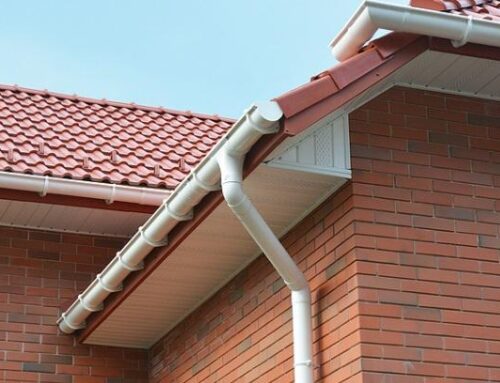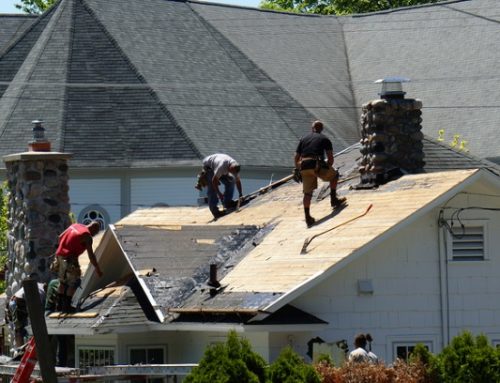
Depending upon its architecture, a home may have a very simple roof, while another may have a complicated design. Roof valleys are an attractive design component used on many roofs when required by the roof architecture. Yet as simple as it may seem, roof valleys can be a tricky roofing installation.
Homes with more detailed roof designs that include valleys require that homeowners work with experienced roofing services who understand the involved complexities and can provide the proper roof installation.
What Is A Roof Valley?
A roof valley is the V-shaped channel that is formed when two pitched roof angles come together on the roof. The valley is the lowest point where roof trusses and rafters from both elevated angles meet. Valleys look especially attractive on a roof, breaking up the roof line to include multiple peaks and valleys; however, a poor roof installation can lead to numerous problems.
Because roof valleys are lower than the rest of the roof, they must be precisely framed, then carefully covered and sealed to prevent leakage and other damage.
How Are Roof Valleys Constructed?
On the outside, roof valleys consist of little more than shingles trimmed in a specific way and covered with a metal channel that diverts water off the roof. On the inside portion of the roof, they involve careful construction of the two roof angles to meet in the center at a main valley rafter.
The valley rafter is the intersecting point where the two roof angles meet and all other rafters on either side are attached. Valley rafters start out by being attached to the top plates that hold the roof to the wall, then extend to the roof ridge. They are attached to the various angles of the roof by 45-degree jack rafters. Jack rafters are just like common roof rafters, only they get shorter as the valley climbs toward the ridge.
The most important detail that roofing services must consider when constructing a strong, stable roof valley is its pitch, which is different than that of the actual roof itself. Since the valley rafter is longer than the common rafters that extend to the ridge, the valley pitch is also elongated to accommodate this. The pitch must be accurately calculated and jack rafters cut to support the valley rafter in order for the valley and meeting angles to be structurally sound.
After the Valley Is Framed
After determining the correct pitch for the valley rafter and installing both it and the jack rafters, the roofing services company will continue as usual with their roof installation. The only difference is the way in which the shingles and other material are then laid into the valley itself, as there are specific techniques that must be used to lay and trim the roofing to provide the best coverage and protection of the concave angle.
A valley channel is then installed over the valley. Valley channels are inset into the roofing material so that any water flowing down the roof runs off of the roofing material and into the channel, down the valley, and off the roof. Valley channels are important protection for the roof, the valley rafter, and all other valley framework.
Roofs that include multiple angles can look beautiful on the right homes. Yet with every change in roofing angle, there must be a valley to tie those angles together. To ensure the structural integrity of roof valleys and avoid problems due to poor design, roofs that incorporate multiple angles should be built by experienced roofing services. A careful roof installation is required in order to avoid the problems that can occur if valley framework or sealing is done incorrectly!


